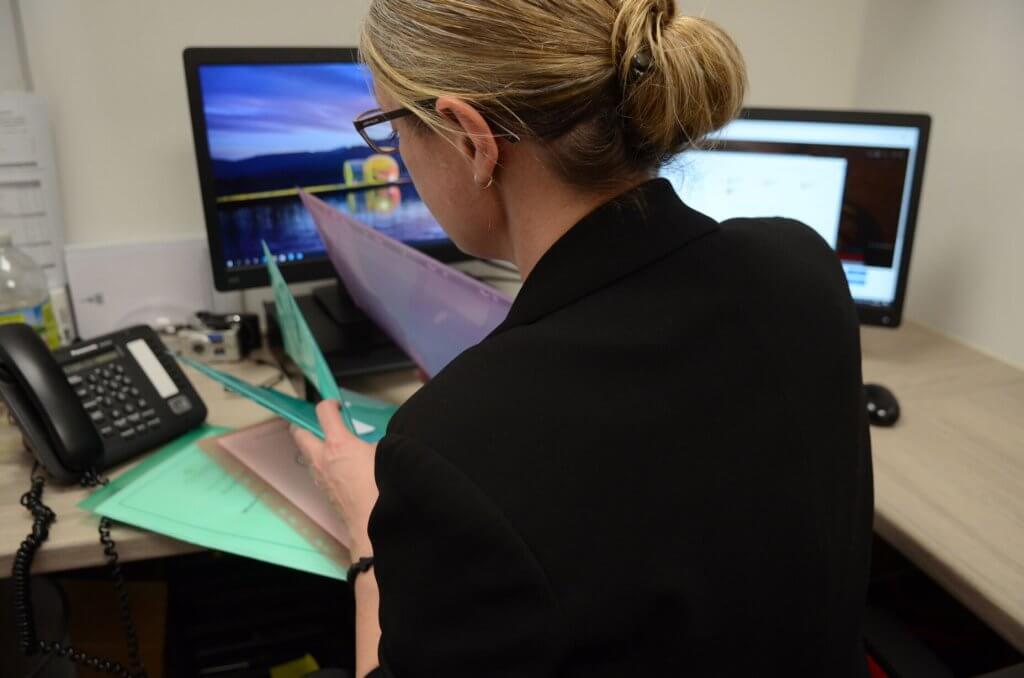Dyslexia Awareness Week takes place between 7 – 13 October 2024, an opportunity to raise awareness and challenge misconceptions. This year’s theme is ‘What’s Your Story?’ as campaigners seek to showcase the diversity of the dyslexic community.
Dyslexia affects around 10% of the population in the UK, so it is very likely there are learners in your classroom who are dyslexic. Read ahead to learn more about dyslexia and discover classroom strategies to support dyslexic pupils.
What is dyslexia?
Dyslexia is a language-based learning difficulty that primarily affects reading and writing skills. It can also have an impact on coordination, organisation, and memory. Dyslexia does not impact a person’s intellectual ability. In fact, people with dyslexia often excel in problem solving, oracy skills, and creative thinking. It is crucial to remember that every person’s experience of dyslexia is unique, with symptoms that range from mild to severe.
What are the signs of dyslexia?
Every dyslexic individual has their own unique set of challenges and abilities. However, there are common signs to look out for which could be indicative of dyslexia or another learning difficulty.
Early Years
- Difficulty sitting still, paying attention, and listening to stories.
- Struggles to follow more than one instruction at a time.
- A history of slow speech development.
- Muddles or substitutes words.
- Forgets names.
Primary School
- Mispronounces or misses out words when reading aloud.
- Struggles with poor handwriting, crossings-out, and misspellings.
- Confused by letters that look similar.
- Difficulty with learning to tell the time.
- Struggles with maths symbols or place values.
Secondary School
- Finds punctuation and grammar challenging.
- Omits, repeats, or adds extra words when reading.
- Struggles to remember basic number sets and tables.
- Difficulty with processing information at speed.
- Appears disorganised or forgetful.
These are just a few of the signs to be mindful of. Remember, current research suggests that screening tests for dyslexia are unreliable. Therefore, it is better to identify children at risk of literacy difficulties by closely observing and assessing their response to literacy activities compared to their peers.
5 Classroom Strategies to Support Children with Dyslexia
- Simplify written information
When creating presentations or handouts for pupils, try to ensure that information is clear and concise. Consider using larger font size and increasing the spacing to make sure it is easy to read. Highlight any keywords or important instructions.
Consider using OpenDyslexic – a font that has been created to improve readability for readers with dyslexia. This uses unique letter shapes and wide spacing to help prevent confusion. It is free to download online here: opendyslexic.org
- Combine verbal and visual information
Provide visual aids to support pupils’ understanding, such as glossaries, timelines, spelling banks, and knowledge organisers. These can be shared as handouts, as well as displayed around the classroom.
- Chunk information
Breaking down tasks into small, sequential tasks can support children who struggle with verbal processing speed and memory. Try to deliver one instruction at a time and scaffold pupils’ learning to reduce working memory load and enhance comprehension.
- Review and recap
To help pupils connect new knowledge with prior learning, ensure they have regular opportunities to recap and review language, concepts, and information. Mnemonics, rhyme, song, and movement can support children with memory and retention.
- Use assistive technology
There are many ways that technology can be used to support dyslexic pupils. For example, voice recordings allow pupils to revisit lesson topics or directions. Text-to-speech software can support comprehension by converting written text into spoken words. Similarly, transcription software allows pupils to speak their thoughts aloud, which can help them organise and communicate their ideas more clearly.
Further tips, strategies, and resources to support dyslexic learners can be found within the Inclusion Toolkit. Download your copy for free from our website.
Next Steps
The SEND Code of Practice is clear that meeting the needs of a child with dyslexia does not require a diagnostic label or test. Instead, it is expected that teachers will monitor pupil progress and put support in place where needed.
If you are concerned that a child is struggling with signs of dyslexia, it is vital that you inform the SENDCo and carry out a discussion with parents to consider the next steps.
For expert advice and guidance, please contact our SEND team.
Please complete the form below and we will get in contact as soon as we can to help you with your query.
















